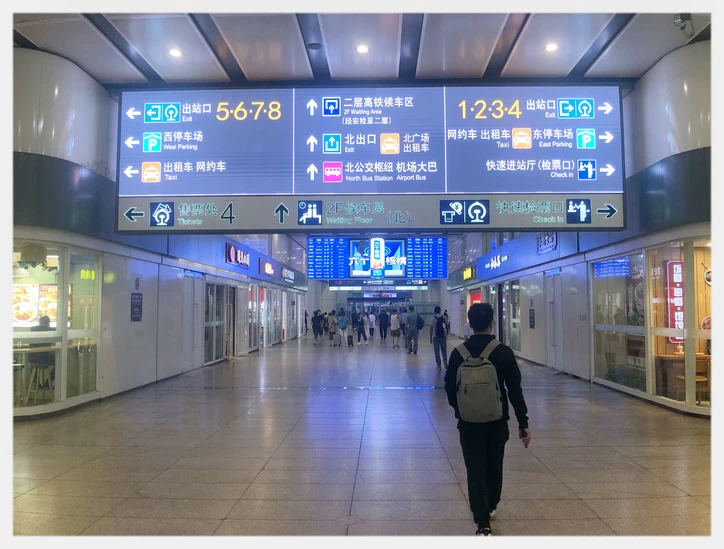Are you going to visit Beijing? One of the questions is what’s the best way to travel to Beijing. Well, this question depends on your starting location and personal preferences. Basically, here are some common transportation options:
By air
If you are going to travel to Beijing by air, you will learn that Beijing is served by two major international airports, Beijing Capital International Airport (PEK) and Beijing Daxing International Airport (PKX).
These airports have connections to destinations worldwide, making air travel a convenient option. You can check for flights from your nearest airport and book a direct or connecting flight to Beijing.
Make sure that you get to know the right airport and its terminal for your arrival flights. Once you arrive at Beijing, from the airport, you can take taxis, airport shuttles, or the airport express train to reach the city center.
By high-speed train
If you are traveling within China or from nearby cities, taking a high-speed train can be a convenient and efficient option. High-speed trains connect Beijing to major cities within China, providing a comfortable and efficient mode of travel. You can book train tickets in advance through official websites or at the train stations.
Beijing has seven railway stations, including Beijing South Railway Station, Beijing West Railway Station, and Beijing North Railway Station.
High-speed trains connect Beijing to major cities like Shanghai, Guangzhou, Xi’an, and more. The train journey offers scenic views and the opportunity to experience China’s extensive rail network.
Make sure you get to the right railway station for your arrival and departure. Normally, for Tianjin and Shanghai, you go to Beijing South Railway Station; for Xi’an, you will choose Beijing West Railway Station; for the Badaling Great Wall, you should use Beijing North Railway Station.
By long-distance bus
Long-distance buses are available for traveling to Beijing from nearby cities or provinces. Different bus stations in Beijing serve specific regions, and you can find buses from cities like Tianjin, Shijiazhuang, and others.
Bus travel may take longer than other options but can be cost-effective. You can check bus schedules and book tickets at bus stations or through online ticket platforms.
There are 10 major Long-distance bus stations in Beijing. Below are the four most important long-distance bus stations in Beijing:
A:Dongzhimen Long-distance Bus Station
Address: 45 Dongzhimen Waixie Street, Dongcheng District, Beijing
Destination: Mainly responsible for Fengning, Fengshan, Chengde, Chifeng and other 10 long-distance routes of passenger transport business.
B: Liuliqiao Long-distance Bus Station
Add: No.19, Liuliqiao South, Fengtai District, Beijing
Phone: 010-83831716
C: Sihui Long-distance Bus Station
Address: No.68 Jianguo Road, Chaoyang District, Beijing (Fu Road exit)
Tel: 010-65574804
Destinations: Tangshan area of Hebei Province, Tianjin area and parts of the south, and is one of the main passenger stations in Beijing.
D: Zhaogongkou Long-distance Bus Station
Zhaogongkou long-distance passenger station, founded in 1992. Buses for Shanghai, Shandong, Jiangsu, Zhejiang, Henan and other provinces.
By car
If you have access to a car or prefer self-driving, you can travel to Beijing by road, enjoying flexibility and freedom of driving. Beijing is well-connected to the national highway system, allowing for road trips from nearby cities or provinces.
However, be aware of traffic conditions, road regulations, and the need for a Chinese driver’s license or an international driving permit.
Once you arrive in Beijing, the city has an extensive public transportation system, including subway lines, buses, and taxis, to easily navigate the city and reach your destination.
It’s advisable to plan your travel in advance, consider factors such as cost, travel time, and personal preferences, and check for any necessary permits or documentation required for your chosen mode of transport.
It’s also essential to check the latest travel information, including visa requirements and any travel restrictions or advisories, before planning your trip.


